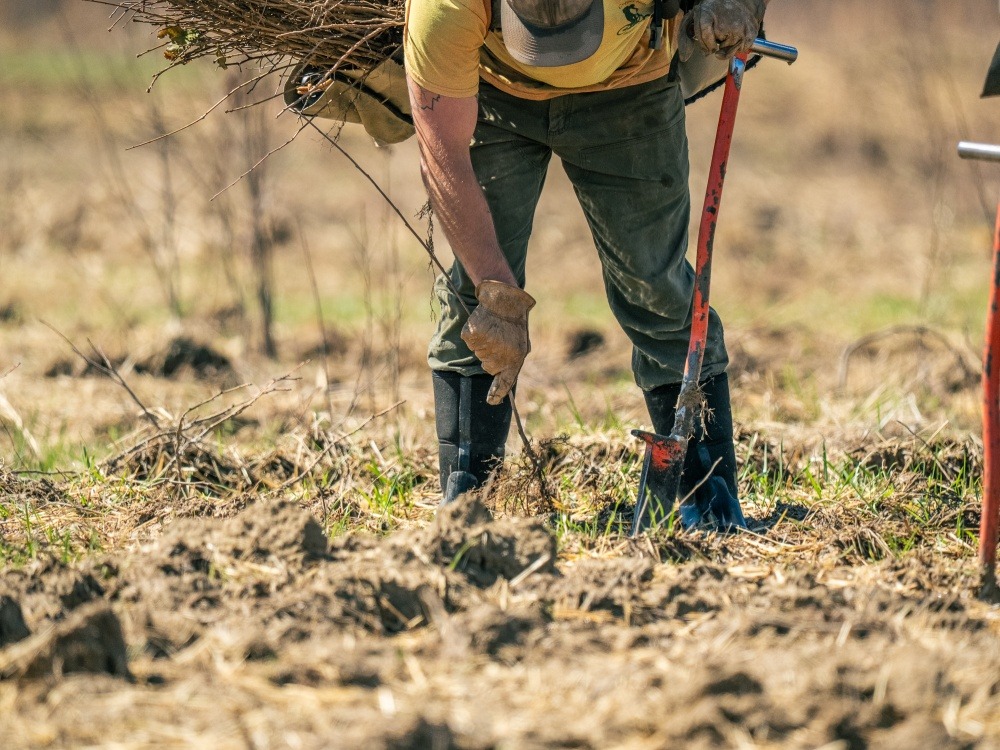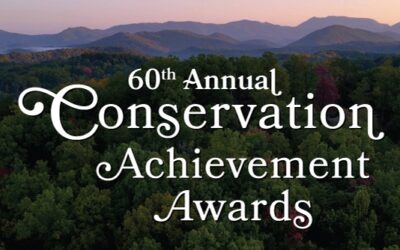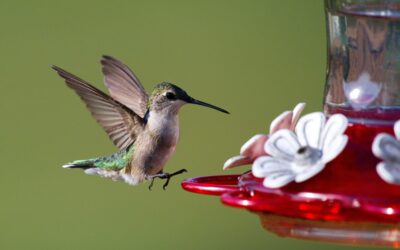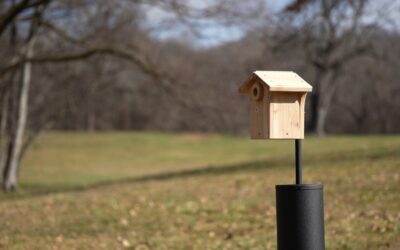When it comes to restoring habitats, tree planting is one of the most important tools in the conservation toolbox. Whether revitalizing forests, stabilizing riverbanks, or creating wildlife corridors, planting trees helps rebuild ecosystems and support a diverse array of wildlife species.
Why Trees Matter
Trees do more than provide shade. They improve soil health, filter water, and create critical habitat for countless wildlife species. In areas where forests have been lost or degraded, reintroducing native trees jumpstarts the recovery process and helps ecosystems function as they should.
Restoring land with a mix of tree species, ages, and heights helps support a greater variety of wildlife. Young saplings provide cover for small mammals and ground-nesting birds, while mature trees offer nesting sites for raptors and cavity-dwelling species like woodpeckers. Shrubs and understory plants add another layer of habitat, supplying food sources such as berries and nuts. By planting trees at varying densities and ensuring a mix of species, we create resilient landscapes that support wildlife at every level of the food chain.
What it Takes to Plant Trees Successfully
Restoration isn’t just about putting trees in the ground—it’s about ensuring they thrive. Successful tree planting depends on several key factors, including:
- Choosing the Right Species—Native trees that match the site’s conditions are more likely to survive and provide long-term benefits.
- Soil and Water Conditions—Wetlands, forests, grasslands, and streambanks all require different planting strategies to ensure trees can establish strong roots.
- Spacing and Maintenance—Proper spacing prevents overcrowding, and follow-up care—like controlling invasive species—helps young trees survive.
Planting for the Future
At Tennessee Wildlife Federation, we incorporate tree planting into many of our habitat restoration and conservation projects. Our Habitat Restoration program has planted more than 560,000 native trees in diverse habitats across the state.
Habitat restoration is an investment in the future. With careful planning and large-scale planting efforts, we’re ensuring Tennessee’s landscapes remain healthy for generations to come—benefiting both wildlife and the people who enjoy our great outdoors.




